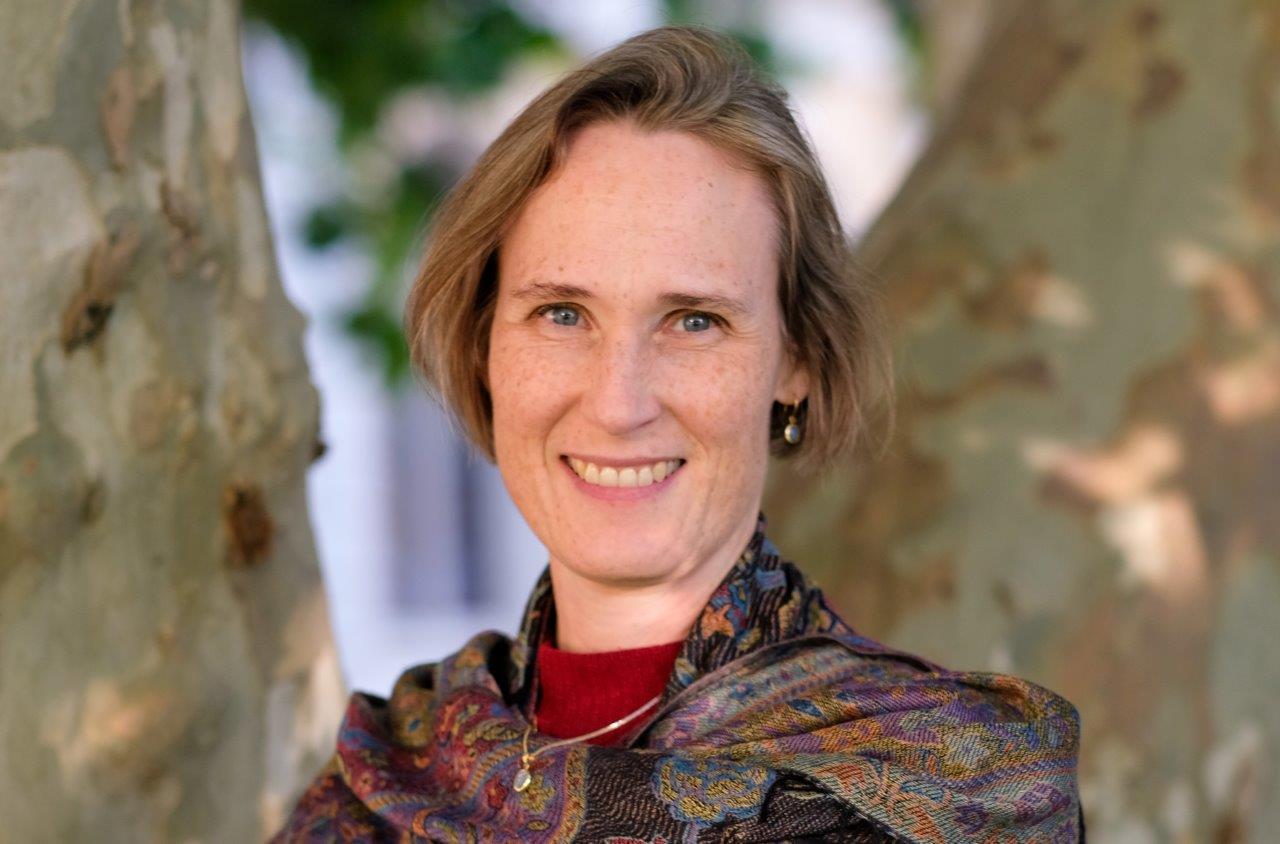Curtin University researcher Dr Felicity Roux has been looking into menstrual health literacy amongst pubescent and pre-pubescent girls in a sample group of independent and Catholic schools in Western Australia, and was shocked at what her survey revealed.
The study, which involved a cross-sectional questionnaire incorporating two single-sex and seven co-educational schools, purposely targeted adolescent girls who had already completed puberty lessons in Year 5 and 6, and those who had progressed beyond Year 8, when the girls are presumably taught reproductive health.
“They quite literally don’t know their vulvas from their vaginas,” the researcher says, matter-of-factly.
“The vagina is an internal organ, it’s not on display. What they think is their vagina is their vulva, and it is important that they understand what the vulva is, because that is their main sensory organ in which they can determine when they are menstruating and when they’re most likely to be ovulating. It does those two functions, but they have to be taught it.”
Roux’s findings also revealed that adolescent girls don’t understand ovulation. For example, less than 9 per cent of respondents understood that ovulation happens about two weeks after their period.
“They don’t even really understand what menstruation is,” the academic laments.
“They think if there’s blood in their knickers, that’s a period. No, it’s not. Menstruation is very specifically defined. It is a bleed that happens after ovulation, provided the woman is not pregnant.
“Therefore, ovulation is the driver of the cycle, and you can only say if the bleed is menstrual if no ovulation has happened.
“Otherwise, it’s some other kind of bleed, and that’s important if you want to compare periods with periods, right? You have to be able to compare a period with a period, not a period was an ovulatory bleed. So you can see how this can all go wrong.”
An example of where the confusion can lead to serious outcomes, is when girls are unable to determine when their cycle starts.
“This is a big problem, because when they go to a doctor and the doctor says, ‘When was your last period?’, if they don’t know when their cycle starts, they’re unable to answer the question meaningfully for the doctor to say, ‘OK, well, when you are on day two of your cycle, I want you to go to pathologist and have this test done, or on day 21 of your cycle, I want this test done’,” Roux explains.
“If they don’t know where the cycle starts, how do they know when they’re going to do the test and therefore get a good or an accurate diagnosis?”
Concerningly, most of those surveyed (91 per cent) said they got their information from their mothers, with others relying on friends or apps.
While reproductive health is often taught in Years 5 and 6 as most girls begin puberty, from then on it very often involves external speakers coming in to schools, with many often talking about problems, which risks pathologising the cycle.
“There’s a risk of not portraying it as a healthy, normal function,” Roux rues.
“It’s what we call a ‘deficit approach’, which doesn’t really lead very far in the end, it could actually just further emphasise the stigma, the secrecy and the shame surrounding the cycle.”
That’s one of the problems, Roux says, but what really surprises her from the study, more than anything, is given that according to the Australian Bureau of Statistics, 72 per cent of teachers are female, why wouldn’t they want girls to know this basic reproductive knowledge?

Given how important menstrual health literacy is for half the population for some 40 years of their lives, it would be reasonable to suppose it is a core part of learning at school. Unfortunately, Dr Felicity Roux's new research suggests it is not.
The study included three hypotheses.
The first was: in an all-girls school, because girls prefer not to have boys present when learning about this subject, it’s therefore a better environment in which to teach girls, and so therefore they should have better knowledge.
“No, that didn’t happen,” Roux says.
“And what we actually found was even more interesting, is in fact, girls are worse off going to a girls-only school when it comes to understanding fertility. They grossly overestimated the age at which they could have babies, for example.”
The second hypothesis was if the Catholic Church is demanding that its faithful practice natural fertility regulation, and therefore require an understanding of how the menstrual cycle works, we would expect a Catholic school student to have a better knowledge than a non-Catholic student.
“So, in order for these methods to be effective, [one would assume] the users of these protocols must have a really clear understanding of how the menstrual cycle works? No, that’s not the case not at all,” Roux says.
“But what we did find was interesting within the Catholic school, is that they were more interested in learning about menstrual health than in other schools.”
Finally, the researchers hypothesized that surely, a mobile application will help students understand their cycle a lot better, because they’re recording it all the time.
“No, that was not what we found, either,” Roux says.
“So the thing is, you have to be taught. It’s one thing to throw information at a girl; the change that needs to happen is they need to be able to take that science and say, ‘how does it work in me?’ ‘How do I embody this?’
“It’s experiential learning, and it can be done.”
Mith more than 30 schools involved in its development, Roux and a team of researchers have put together a program that’s been co-designed with girls and teachers.
Called Mixed Method Evaluation of My Vital Cycles: A Holistic School-Based Ovulatory Menstrual Health Literacy Program, Roux says recent trial results have been ‘amazing’.
“As one girl said, 'If this program was made available, oh, wow, it would be, like, revolutionary’,” Roux says.
She’s certain the program could bring about real change in schools.
Ideally she’d like them to eventually run the program themselves.
“So the way that it’s been put together is, we have a segment of puberty lessons for Years 5 and 6, but then using the same language, the same concepts, we expand and spiral that into the older years, and when they reach more cognitive maturity, developmentally, that’s more appropriate as well, because it takes a while for cycles to become ovulatory.”
Usually in around about Year 8 Roux says her team recommends that it is placed in science and taught in a very clinical way, and that includes the boys, as in, ‘this is how the body works’, ‘this is what you look for’, ‘here are some problems, solve them’.
But when it comes to the management of the cycle, she suggests this is when the girls should be taught separately.
“Where there are cycle problems, and they do happen, and there is research going as to why is there such a high prevalence of girls experiencing pain and premenstrual symptoms, heavy bleeding.
“...I think there could be probably two or three lessons where you separate out the sexes in the following year after they’ve learned the science. ‘This is how you manage it’ and so on."
Ultimately, Roux says it needs to be a team effort.
“We want to invite schools to come and be trained. And it’s not just the teachers, it’s the nurses as well, the counsellors, the child psychologists – so they’re all singing off the same song sheet.”
To read the study, titled Functional ovulatory menstrual health literacy amongst adolescent females in Western Australia, click here.
To view an outline of the program: Mixed Method Evaluation of My Vital Cycles®: A Holistic School-Based Ovulatory Menstrual Health Literacy Program, click here.
To read more about how to apply the program to your school setting, click here.














